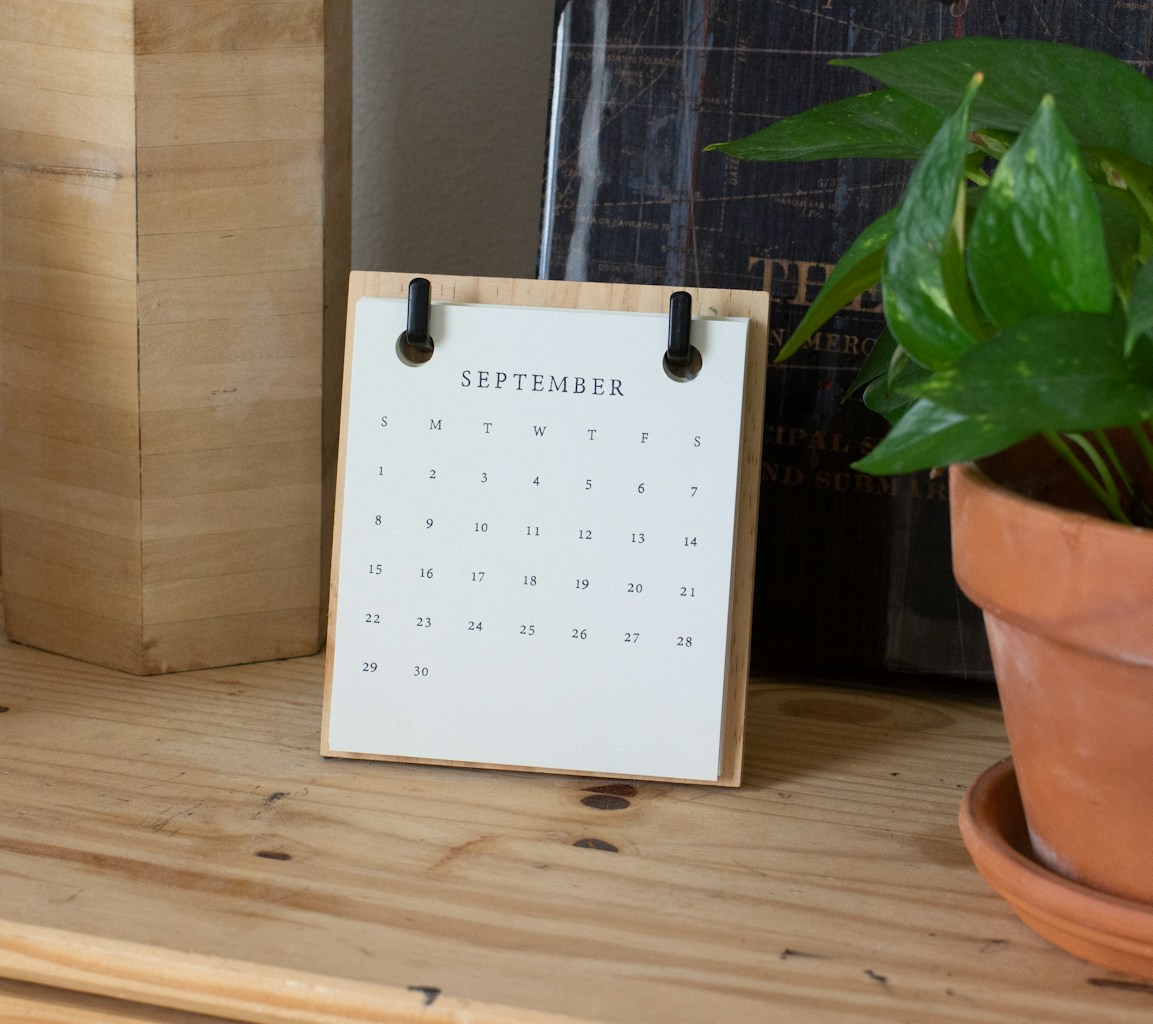If you want to consistently grow your WordPress site’s audience, it’s essential to plan and organize your content strategy. One effective way to do this is to create a content calendar for WordPress. A content calendar streamlines your workflow, ensures consistency, and helps you meet publishing deadlines.

This guide explains how to create a content calendar for WordPress, offering practical tips, tools, and strategies for effective content planning.
Why You Need a Content Calendar for WordPress
A content calendar provides structure for your blog or website by outlining what content to publish and when. It helps you stay consistent, which is key for SEO and audience engagement. Here are some reasons why having a content calendar is crucial:
- Improved Organization
A calendar keeps your ideas, deadlines, and publishing schedules in one place. - Content Consistency
Regularly publishing content is essential for building trust with your audience and improving your site’s search rankings. - Strategic Planning
With a content calendar, you can plan seasonal topics, product launches, or promotional campaigns in advance.
External link example: Check out HubSpot’s guide on content marketing for insights into building a strong strategy.
Steps to Create a Content Calendar for WordPress
Define Your Goals
Start by identifying what you want to achieve with your content. Your goals could include:
- Increasing website traffic
- Boosting engagement on social media
- Generating more leads or sales
- Establishing your authority in a niche
Having clear goals will help you focus your content calendar on topics and formats that align with your objectives.
Identify Your Target Audience
To create content that resonates, understand your audience’s preferences, pain points, and questions. Use tools like:
- Google Analytics: Analyze user behavior and demographics.
- Social Media Insights: Find out what content performs best with your followers.
- Keyword Research Tools: Discover the search terms your audience uses. Try tools like Google Keyword Planner or Ahrefs.
External link example: Learn more about understanding your audience from Neil Patel.
Brainstorm Content Ideas
Create a list of potential blog post ideas. To generate fresh topics:
- Look at competitor blogs for inspiration.
- Use content idea generators like AnswerThePublic.
- Explore trending topics in your niche with tools like BuzzSumo.
Group your ideas into categories, such as tutorials, listicles, case studies, and news updates. This approach ensures a variety of content on your calendar.
Choose the Right Tools for Your Content Calendar
Using tools designed for scheduling and collaboration can make content calendar management easier. Popular options include:
- Google Calendar
A simple and free tool to schedule posts and deadlines. - Trello
A visual project management tool where you can organize content ideas and tasks on boards. - Asana
Ideal for team collaboration, allowing you to assign tasks and track progress. - WordPress Editorial Calendar Plugins
Plugins like Editorial Calendar integrate directly into your WordPress dashboard, making it easy to manage your content schedule.
External link example: Explore more about the best editorial calendar tools at WPBeginner.
Create a Publishing Schedule
Decide how often you’ll publish content. Whether it’s once a week or daily, consistency is key. Base your schedule on:
- Your team’s capacity
- The type of content you’re producing
- The expectations of your audience
For instance, if your goal is to grow your audience quickly, consider publishing more frequently.
Plan Your Content Calendar
Now that you’ve brainstormed ideas and chosen tools, it’s time to create your content calendar. Here’s how to structure it:
- Topic/Title: Write the topic or working title of your post.
- Content Format: Specify whether it’s a blog post, video, infographic, etc.
- Target Keywords: Add the main keyword for SEO purposes.
- Author: Assign a team member to create the content.
- Deadline: Set a due date for drafts and reviews.
- Publishing Date: Schedule the post’s publication.
Here’s an example of a content calendar entry:
| Title | Format | Keyword | Author | Draft Deadline | Publish Date |
|---|---|---|---|---|---|
| How to Optimize Images in WP | Blog Post | Optimize WordPress Images | John Doe | Jan 20, 2025 | Jan 25, 2025 |
Tips for Managing Your WordPress Content Calendar
Stay Flexible
While planning is important, be prepared to adjust your calendar if new trends or urgent topics arise.
Monitor Performance
Regularly analyze which types of content perform best. Use WordPress plugins like MonsterInsights to track analytics directly in your dashboard.
Repurpose Content
Maximize your efforts by repurposing high-performing content into other formats. For example, turn a blog post into a video or social media infographic.
Overcoming Common Challenges
Creating and managing a content calendar can have its challenges. Here’s how to address them:
- Lack of Ideas: Use keyword research tools and audience feedback to generate new topics.
- Missed Deadlines: Set realistic goals and use tools with reminder notifications.
- Team Miscommunication: Invest in collaborative tools like Asana or Trello to improve communication.
Final Thoughts
To create a content calendar for WordPress is to take control of your content strategy, ensuring consistency and efficiency. By setting clear goals, understanding your audience, and leveraging tools, you can streamline your workflow and enhance the quality of your content.
Start building your calendar today to keep your WordPress site active, organized, and relevant. For further reading, visit the WordPress Content Marketing Guide to learn more about creating impactful content strategies.